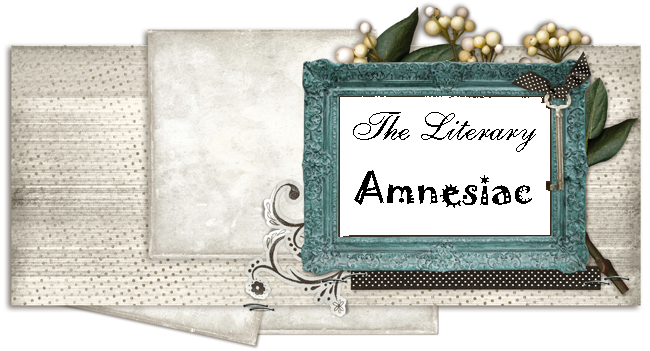David Mitchell's style of writing is flawless. And the characters in the first four sections were really engaging. As the second section started and an entirely new cast of characters was introduced I feared that the links between sections would be too tenuous and enigmatic, as with Cloud Atlas, and that thought bothered me--not because I couldn't appreciate that kind of plot (I did, in Cloud Atlas!) but because I wanted to hear more about Holly Sykes from the first section. (And also a little bit because a repetition of such a device might make Mitchell seem like a bit of a one-trick pony, which surely he's not.) So it was gratifying to see how Holly's story was later woven into the second section, just as in the two following sections.
Each of the first four sections portrays a very human, very flawed character (and when I describe them this way, what I mean is that they were brilliantly realistic, not that they were not well-written) whose stories fascinated me. There's a paranormal element running through each story, but not in such a way that I couldn't swallow it. Instead, I welcomed the bit of mystery it added. We start with the aforementioned Holly Sykes, a 15-year-old English girl running away from home. Next we move on to the despicably-scheming-but-somehow-still-almost-likeable Hugo Lamb, then war reporter Ed Brubeck who is torn between his home life and the adrenaline rush of his job, and finally Crispin Hershey, former bad-boy author extraordinaire who has mostly just become a loser in recent years.
But then . . .
 |
| THIS happened. |
Kinda nifty, though, that this book was a tangentially-related prequel to Slade House (which I really, really enjoyed and didn't have any complaints about).


No comments:
Post a Comment
"Ah, good conversation--there's nothing like it, is there? The air of ideas is the only air worth breathing." --M. Rivière to Newland Archer, The Age of Innocence